Sunset, Saturday, 12 December 2009
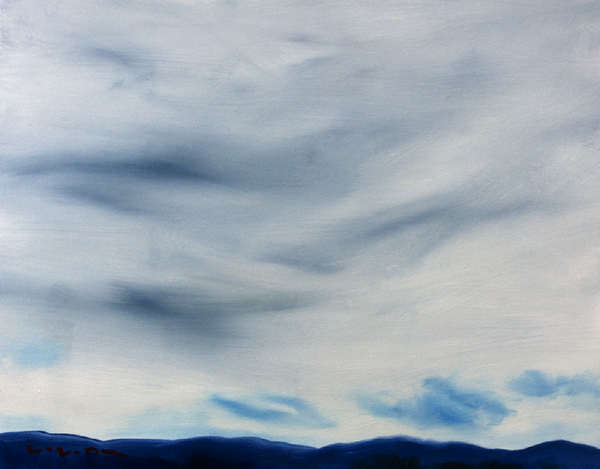 William Theodore Van Doren. Painted at Stony Point, Albemarle County, Va. Oil on watercolor block, 16 x 20.
William Theodore Van Doren. Painted at Stony Point, Albemarle County, Va. Oil on watercolor block, 16 x 20.
Clouds on the increase at sunset.
Yesterday I drove up and down western Fairfax County, Virginia, to Great Falls and back, and on the return saw some things about the view of the Blue Ridge I’d never fully noticed.
On the glamorously named Fairfax County Parkway, heading south, a bridge elevates the roadway in order to cross over Route 50, or, as the big green sign says, Lee Jackson Mem Hwy.
At a distance of some 40 or more miles, the view of the mountains has a completely different character than we see here, in most of these paintings, less than 15 miles away. From the parkway, the unobstructed vista shows a low blue wall stretching all the way across the horizon, across a significant portion of the state.
The view here (at Stony Point) is physical, natural, palpable and specific. There, it’s almost an abstraction – instead of particular things, more like seeing graphic elements in an atlas or an arrangement of symbols.
That’s very much the view I grew up with, and must have bonded with, until the age of five, from my grandfather’s and father’s dairy farm in Ryan (near Ashburn, east of Leesburg). In 1982, when I began a large painting that marked a revival of sorts for me (“Birthday,” viewable at the bio page), the very first thing I did was a profile of the Blue Ridge, from memory, or perhaps by heart, across the top – and I was in Los Angeles.
From where I was yesterday, the Blue Ridge appeared like a conceptual element of geography and history; the glories and tragedies of Virginia (which are mostly one and the same – for example, the aforementioned Lee and Jackson) align in some relationship to it. Instead of the particular ridges and summits we see here, I saw a panorama of colonial exploration coming up against the native range of the original Americans, the gallant Army of Northern Virginia and its disgraced cause, the substantial small towns and crossroads villages on this side and the Shenandoah Valley beyond, red clay and quartz and dogwood, rocky mountainside pastures, honeysuckle- and blackberry-studded fencelines of piedmont farms, broad shallow creeks and rivers curving east out of the woods – an illustrated and annotated map of my beautiful old Virginia.
 Saturday, December 12, 2009 at 06:38PM | by
Saturday, December 12, 2009 at 06:38PM | by  BVD | in
BVD | in  Sunset Paintings | tagged
Sunset Paintings | tagged  Blue Ridge,
Blue Ridge,  Fairfax County,
Fairfax County,  Robert E. Lee,
Robert E. Lee,  Ryan Virginia,
Ryan Virginia,  Stonewall Jackson,
Stonewall Jackson,  Virginia,
Virginia,  landscape | | Comments Off
landscape | | Comments Off 
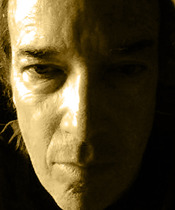
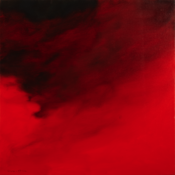
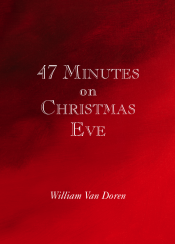
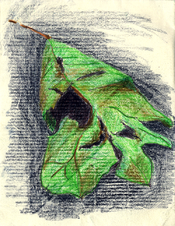

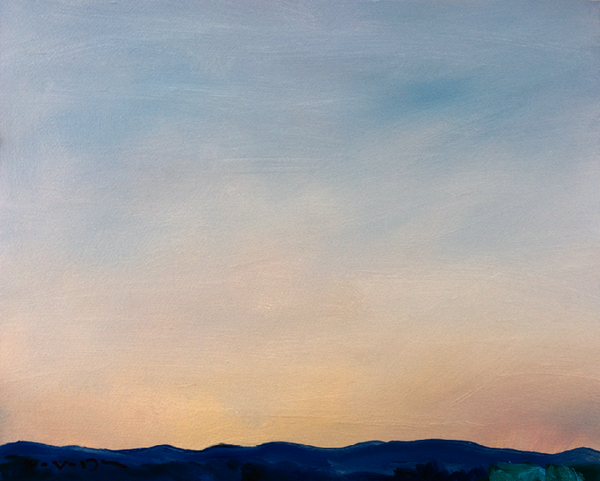
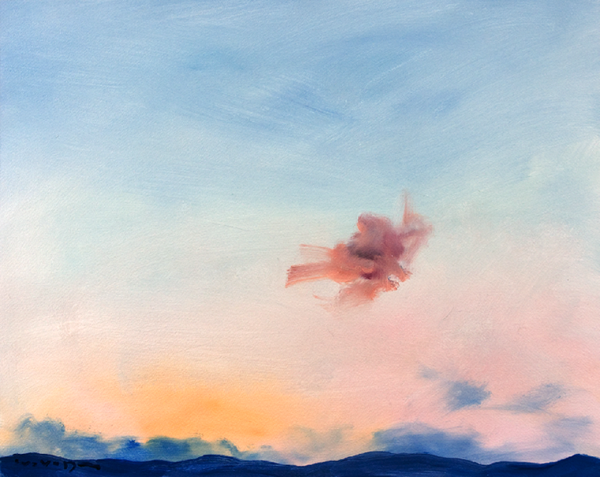
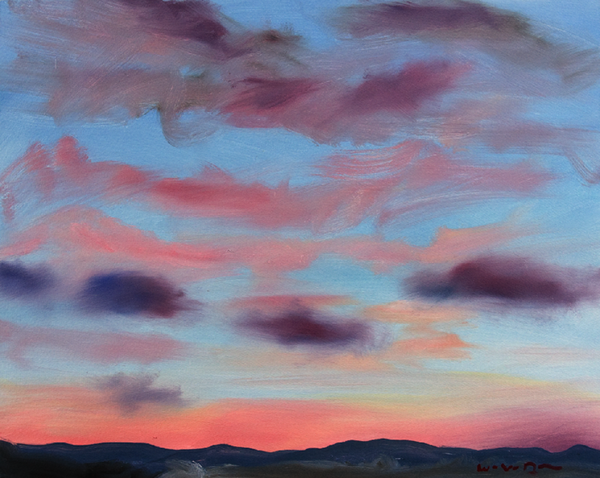
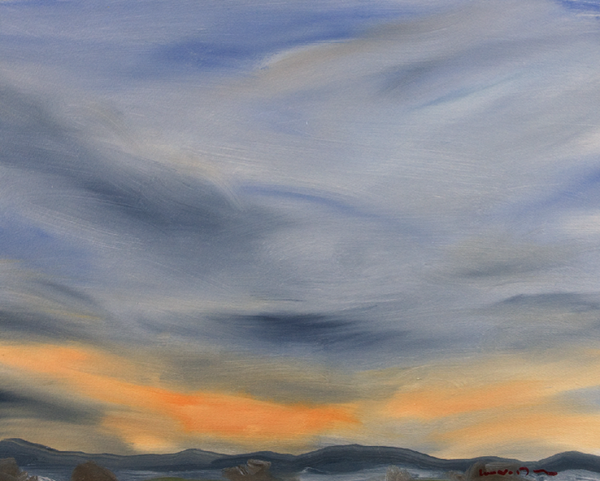
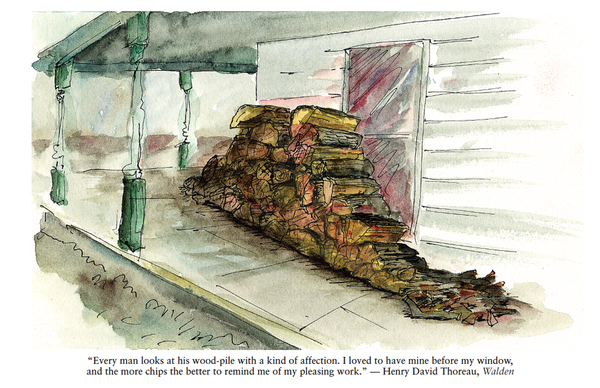
Sunset, Friday, 11 December 2009
Not to get things totally confused – only just a little confused – the following refers to the song titled, depending on where you look, “Have I Told You Lately” and “Have I Told You Lately That I Love You,” written by Van Morrison. The former title helps distinguish Morrison’s 1989 song from the 1945 standard (“Have I Told You Lately That I Love You?”), which it resembles in outward form although not so much in essence.
In addition, the version that inspired me to write is the one Morrison does with The Chieftains, a performance with a lot less orchestral decor than the better-known record.
I’m not sure if Van means “the one,” “the One” or “The One,” but – it’s all the same to me.
Where the song really kills comes right after this. Just like the old standard, the song opens with the title line, “Have I told you lately that I love you?” – in the usual from-me-to-you format. But at the end of this verse Morrison adds two words – barely noticeable, just there if you want to notice them – that connect back to, and transform, the title.